One day, sooner rather than later, all this is going to end. The coronavirus will be, if not entirely eradicated, then at least well under control, and in our brave new world we’ll once again be free to savour all of the luxuries that, prior to the outbreak, we took for granted.
We’re not quite there yet, of course, but one of the old pleasures that we can indulge in again is going for a drive in the car, just for the sake of it. And when we do, it’s best that we be prepared, because we won’t be alone; the whole country, a pressure cooker of unrequited desire and ambition for the open road, will be joining us.
How, exactly, should we be preparing ourselves for this glorious moment? You could, of course, just head out and hope. Or you could, with just a little thought, have a drive you’ll remember for the rest of your days. All you need to do is make sure that not only your car is ready but you too.
So I guess the first, most urgent question is: do you have the right car? Because unless you can muster something of the calibre of the Porsche 911 GT3 RS, there’s really no point even reaching for the keys – or so some people would have you believe. In fact, the list of wrong cars is far shorter than that of right ones, and if you’re reading this, the chances of you being on the wrong list are smaller still.

All you need is a car that’s good to drive. If that sounds obvious, it’s not, because what almost everyone infers from such a sentence is that it must be good to drive fast. A sports car, in other words, or an overtly sporting car at the very least.
Nothing could be further from the truth. Cars that are good to drive just need to be well engineered, and they come in most shapes and sizes and at all price points.
Allow me to provide a personal example. Two years ago, we had a need for a family hack, a car to keep for 10 years and run into the ground. I didn’t want to pay huge money for it and there was no requirement whatsoever for it to be fast or sporting, but it was important to me that it was good to drive nevertheless. A mid-spec, 1.5-litre Volkswagen Golf did and continues to do the job to perfection. It has lovely steering, a slick gearbox, decent damping and commendable balance for an everyday car. You can tell within five minutes it was made by people who love to drive. A cheap-as-buttons, decade-old Ford Focus has much the same going for it.
But you’re not done yet, not by a distance. If you came to carve the Sunday roast and discovered your knife was blunt, you would probably not buy yourself a new knife but sharpen the one you already had. It’s the same with your car. Check the fluids, of course, but for goodness’ sake check the tyres and their pressures too. As the only interface between car and road, their condition is critical. You don’t need to have brand new, premium-brand boots at every corner; there are some excellent mid-market tyres made by companies that aren’t household names. But they need to be in good nick and correctly inflated.
Then clear out the interior, not so much as a weight reduction exercise but to keep you on the move and your mind clear of distractions. How many times have you been on a decent road but found your pleasure compromised by something rolling around in a rear footwell? You have to stop, lose your rhythm, find the offending object and a way of securing it, resume and then re-overtake all those cars that you overtook five minutes ago, the drivers of which might prove less willing to let you past for a second time.
Next, you must attend to the most important component of any drive: that which connects the primary controls of the pedals, gearlever and steering wheel. I’m talking about you. Clearly you shouldn’t be tired, hung over or anything other than clear-headed and well when you embark upon your drive. But you can also improve the quality of any drive just by thinking about it in advance and putting yourself in the right frame of mind.

And that is to be relaxed. If, after this extended lay-off, you head out intending to have the drive of your life, it will almost certainly be a miserable experience, because it will never live up to the unrealistic hope you have for it. Accept that the weather might not be ideal and that you might find traffic on your most-anticipated road.
If so, don’t get frustrated and go for a sketchy overtake. If you get unlucky on what is usually a quiet road, find a decent straight giving good vision behind your car, pull over and give yourself some space. Unless you’re driving like an idiot, let the car ahead go for even a few minutes and you will probably never catch it again and therefore have the road to yourself. But remember, too, that you have no destination. If your current route isn’t working, just find another. That’s the greatest luxury of just going for a drive.
Importantly, don’t drive stupidly fast. Always leave a margin not just for yourself but also to account for any other road user behaving in an unexpected way. And besides being bloody dangerous, driving flat out isn’t the best way to enjoy a standard road car on a standard road.
Of course, all modern cars are designed to behave themselves on the limit, but few are at their best right on the edge of their abilities. Body control might suffer, brakes might fade, tyres might start to go off… you just don’t want to go there.
But also – and this is something that I’ve always tried to impress upon young road testers who have come to me for a bit of tuition – you will have less fun, not more, if you try to white-knuckle it on a public road. This is because your brain will be focused solely on trying to keep you on the not-so-straight and narrow. It will therefore either mute or filter out entirely all those sensations that are not strictly germane to that pursuit. So you won’t be savouring and considering the responses of your car; you’ll just be hanging on.

Try instead to think about how you’re driving and how that can affect your car’s composure. Jackie Stewart always used to advise people to imagine they had an egg strapped to the bottom of their right foot and not to press either the accelerator or brake hard enough to break it. Even when you’re not on the limit, you can still maximise the grip of your tyres by dishing out the workload between them as evenly as possible. Stamping on the pedals and wrenching the wheel do the exact opposite.
Instead, see how you can affect the car’s attitude to a corner, just by gently varying pedal pressure. A bit less and the nose should tuck in; a bit more and it should peel away. And, to repeat, you don’t need to be on the limit to adjust its attitude like this.
To me, managing the car’s mass in this way is what driving is all about – even more so if you happen to be on a track, a happy place we will be reaching in a moment or two. For now, though, you’re ready and your car is ready, so let’s head out onto the road. Do you know where you’re going and how long you’ll be gone for? The problem is that most people don’t live at the foot of a mountain pass. There might be decent roads nearby, but they’ll be choked with traffic at all sensible times of day. So set an alarm and go at a less sensible time of day.
I do this all the time. In fact, when I have something quick that’s in need of a proper evaluation, I’ll often be up and out by 4am and have had two hours on deserted roads before most people’s alarms have gone off. And in that time, anyone can get to and enjoy great roads.
For longer journeys, the most important decision is whether to go alone or in company and, selfish sod that I am, I would almost always prefer to be by myself. There’s no better way to have your style cramped or fun compromised by having to be considerate of others on a long journey. I like to get up extremely early, listen to either nothing or offensively loud music and not stop unless I absolutely have to. If I did that in company, I would end up with an ASBO.
At last year’s Geneva motor show, I was understandably quite excited about driving my long-term McLaren 720S back home – at least until I was asked by a friend and colleague if I would mind giving him a lift back to the UK. I thought how happy and grateful he would be and the undoubtedly good company he would provide. Then I thought about having to moderate my behaviour and how to field the well-intended offer I knew would be next down the line if I said yes: “Shall we split the driving?” I drove back alone.
Now let us imagine for a moment that Covid-19 is conquered and you decide to take out all the built-up frustration in an orgy of high-octane, full-throttle drama at the first trackday onto which you can book yourself. The need to check your car over and make sure its tyres are properly inflated and in good condition is even more important here than on the road. But how should you drive?
It depends on what you want to achieve, but if you’re not a regular, it’s as good an opportunity as is likely to come your way to find out how your car behaves in extremis. Whether it has front, rear or four-wheel drive or has its engine in the front, rear or middle, almost any car can be persuaded both to oversteer and to understeer, and there’s simply not the space here to go into the nuances of how to induce, recover, mitigate and cancel each condition for each configuration.

However, what you will find in most cases is the way a car behaves on a track is a magnified version of how it behaves on the road. It might react more quickly or to a greater extreme, but it’s unlikely to do anything dramatically different. And however your car is configured and behaves, the key to a fast but safe lap is the same: make all four tyres earn their keep.
To do this, I need to introduce you to something called the circle of adhesion. There’s very little maths required. Just imagine a circle with a line drawn through it from top to bottom. This line represents the work a tyre can do in a longitudinal direction, so under acceleration and braking. Which means that the tyre would be at the top of the line under maximum acceleration and at the bottom under maximum braking. Now draw another line from left to right through the middle of the circle, which is the same but with cornering to the left and right at its poles.
Then just remember this: the tyre can never leave the circle. So under a maximum longitudinal force, it can’t accept any additional work in a lateral direction or vice versa. Try to force it further than it cares to go and it will spin, slide or lock, which at best is slow and at worst will make you busier than you want to be. If you always have the circle in mind and use weight transference to ensure the tyre stays within the circle, you will be fast and it will be fun. When testers talk about ‘balancing’ the car, this is what they mean.
Now that we can all get out there and start enjoying our cars again without too many unusual restrictions, don’t just get in and drive: think about it, plan it and have a truly great drive instead.
From the A5 to Pikes Peak - Matt Saunders

What’s the most important component of a great drive: the road, the car, your mood, the time of day or whether you’re alone?
The road. There’s room for at least a little compromise on every other factor listed there except that one. It must be challenging enough to keep you engaged, in a location sufficiently pretty for it to feel special and lightly trafficked enough for you to very occasionally GLF. And that’s mostly because I refuse to accept that we’re living in a world in which every inch of asphalt in under constant surveillance and so you have to drive as if you’re being watched 24/7/365 (although you probably should).
What’s the greatest drive you’ve ever had?
It was a Sunday evening in mid-autumn, and I was returning to my digs at Bangor University on the A5. I was probably 19. It was an extended dusk; they always seem longer when you’re heading west. It was patchily wet, there was very little freight around (which almost never happens on that road) and I was in a heavily loaded Triumph Acclaim (which is how I know the car doesn’t really matter with these things). Crossing the border into Wales and continuing all the way to the Menai Straits, I think I could have counted the cars I saw on my fingers. I vividly remember the clouds being the colour of slate. Dropping down from Tryfan was like descending into Mordor, and my eyes were already out on stalks.
If you could only drive one more car on one more occasion, what and where would it be?
Ken Block’s Hoonicorn Ford Mustang at the Pikes Peak hillclimb. It would be a less talented, more understeery remake of Climbkhana, I suppose. I reckon that would be quite a giggle.
Good communication and beautiful surroundings - Matt Prior

What’s the most important component of a great drive: the road, the car, your mood, the time of day or whether you’re alone?
What I like most is a car that tells me precisely what it’s doing, even if those things are less competent than other cars of its type. So I like a talkative steering rack, a firm steering wheel rim and nicely fitting seats. I’ve often thought that what makes the Porsche 911 more special than other cars is how it telegraphs what it’s going to do as much as what it’s actually doing.
What’s the greatest drive you’ve ever had?
Nearly 20 years ago, my folks were on a big tour around Britain in their motorhome. I had a week off and said I would join them near the Isle of Skye. I had a Peugeot 106 GTi, put some camping gear and a mountain bike in the back and set off desperately early one morning to get there in one hit. By mid-afternoon, I was driving the best roads I had then ever known, enjoying what remain some of the best views I have ever seen. It’s still my favourite destination.
If you could only drive one more car on one more occasion, what and where would it be?
I’d drive the ex-Rob Walker Racing Team Ferrari 250 SWB chassis 2119GT, in which Stirling Moss won three races and which Ross Brawn later bought. It’s my favourite example of my favourite car of all time. And I would drive it around the world, because no trip can really take longer than that.
Give me a Quattro or a 570S - Steve Cropley

What’s the most important component of a great drive: the road, the car, your mood, the time of day or whether you’re alone?
For me, it absolutely has to be the greatness of the car that matters most. If the car is wonderful, it can glorify even the most godawful of roads, lift my mood and make me not care a damn about the time of day. I do prefer to be alone when going for it, though, and that means both alone in the car and not part of a group on the road. If accompanied in the car, I’m too concerned about whether the other person is having a good time or thinking unwelcome thoughts about my driving. And in a group, I find my choice of a natural speed is inhibited.
What’s the greatest drive you’ve ever had?
My greatest drive ever? Cripes. It’s hard to say. Probably a blast in an original Audi Quattro from home in the Cotswolds, around the top of the Bristol Channel, down towards the Black Mountains region and then further west to stay out there at the end of a long day. That car’s all-round capability – not just traction but also good ground clearance, excellent steering, great gear ratios and good wheel control and travel – made it relentlessly fast in conditions where surfaces vary a lot, ruts and sharp rises come at you without warning and roads are hardly engineered. In fact, I suspect a fit Quattro might still be passable today. I remember well the yowl of the five-cylinder engine and the mid-range turbo torque that made the paltry power output of 220bhp seem irrelevant. What made it so special was knowing that whatever the car encountered at speed, it would deal with.
If you could only drive one more car on one more occasion, what and where would it be?
One car? I think it would probably have to be a McLaren. Not one of the Ultimate Series cars but something like a 570S, because that’s my level. Or maybe a 12C (with updates), because that’s a car I admire enormously in retrospect. My choice would have to be pretty modern in character; I admire old cars but lose patience with them.
Which road? Rather than some full-on driving challenge, I think I would drive for the last time on some road that I’ve always associated with good times, such as the A272 that snakes so beautifully across the country. I would need to be accompanied by Herself, because she would enjoy it too. When we got to Midhurst, we would turn south through Cocking, continue to Goodwood and pitch up in the Aero Club Café, where we would enjoy looking over the green of the airfield and remembering what lucky lives we had lived.
READ MORE
The anatomy of handling: What makes the perfect driver's car?
What exactly is a driver's car?
Britain's Best Driver's Car: Our favourites of the last three decades

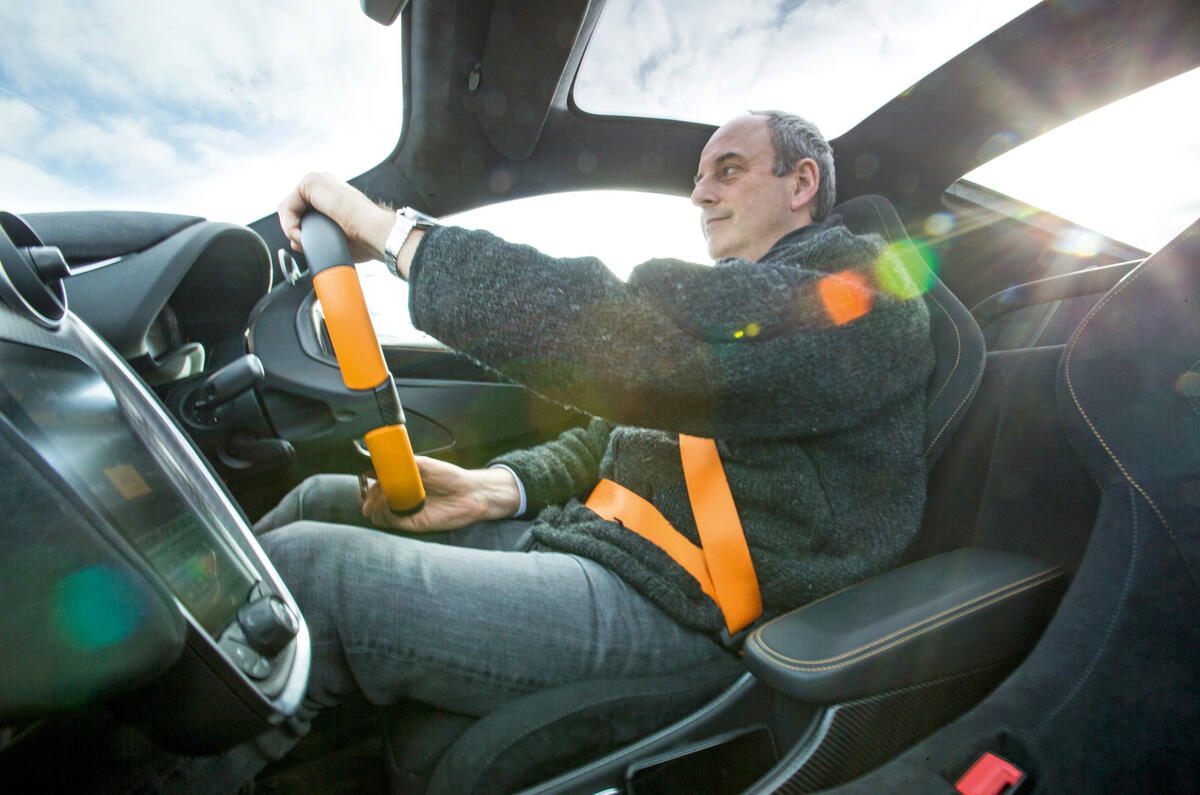
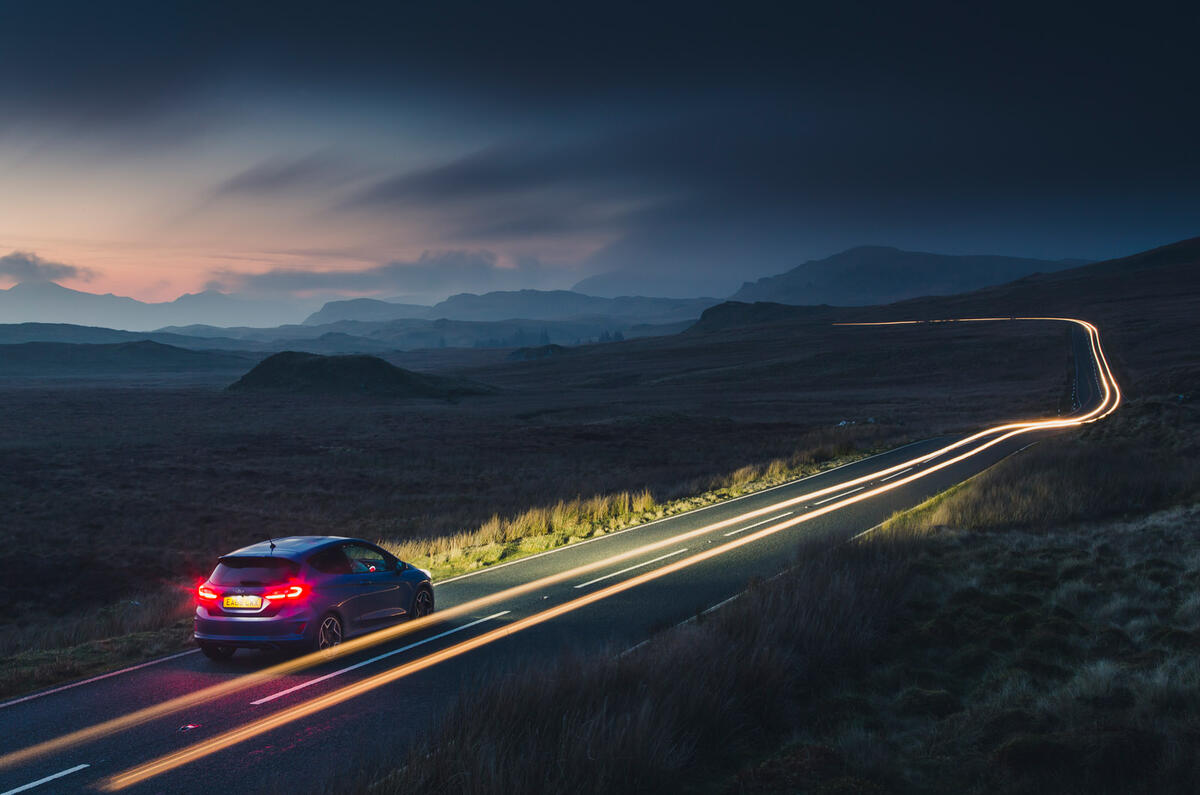
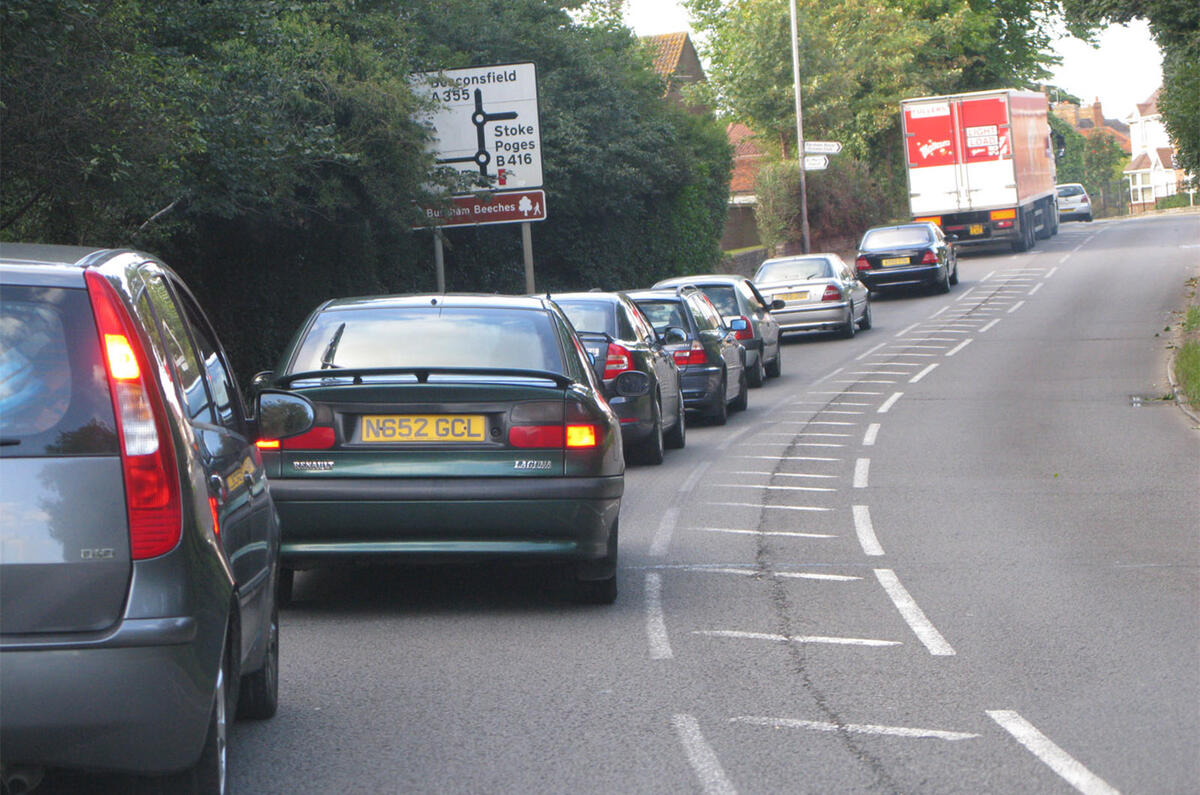
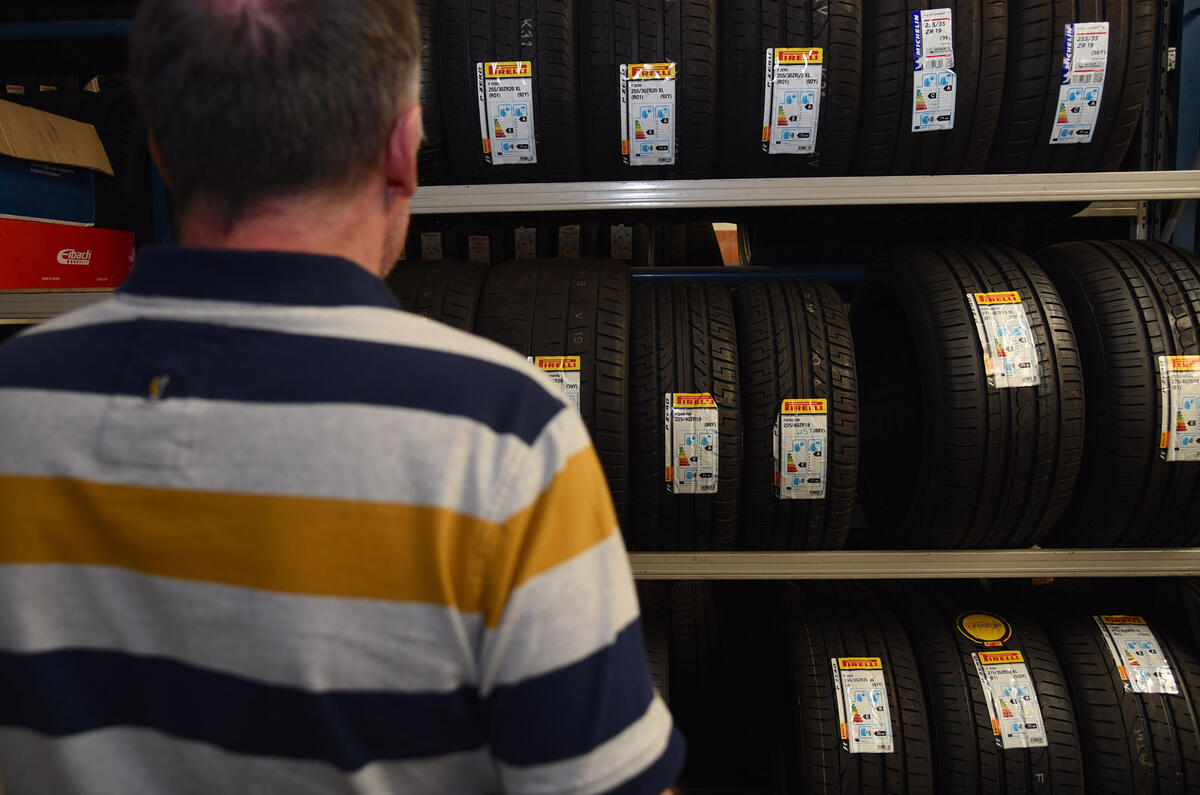

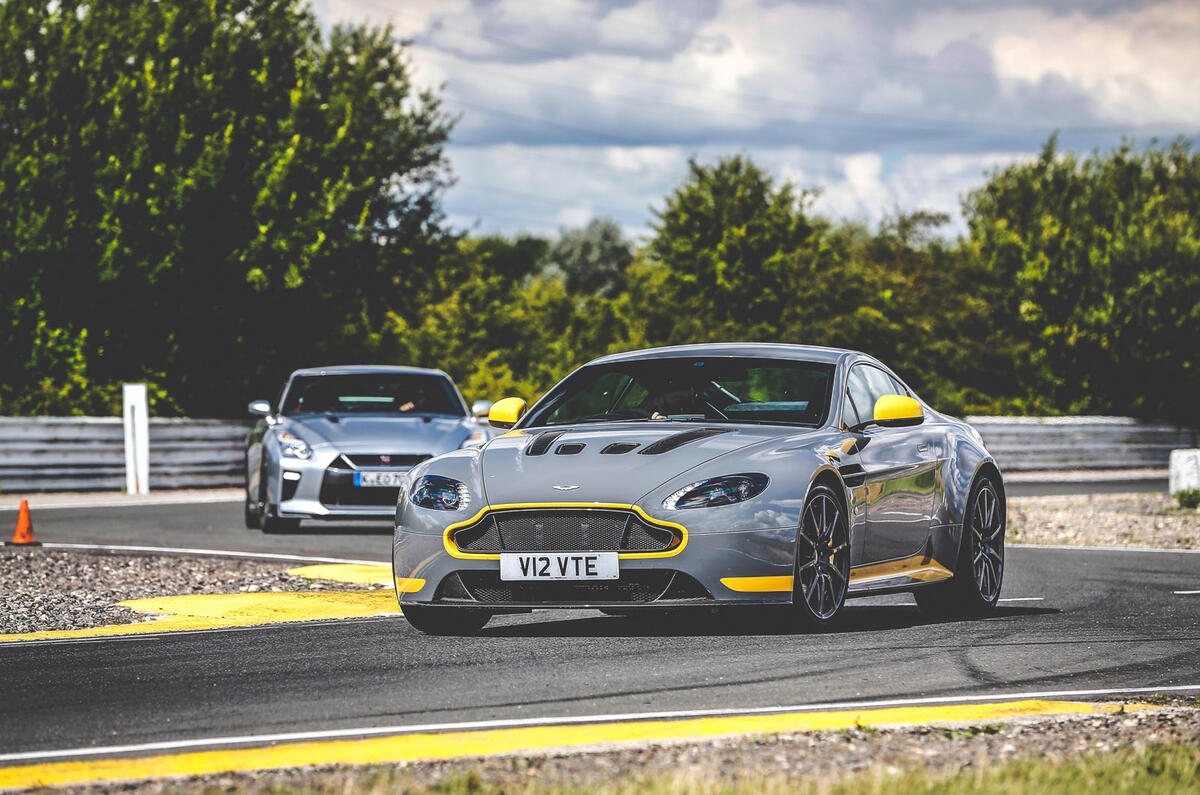
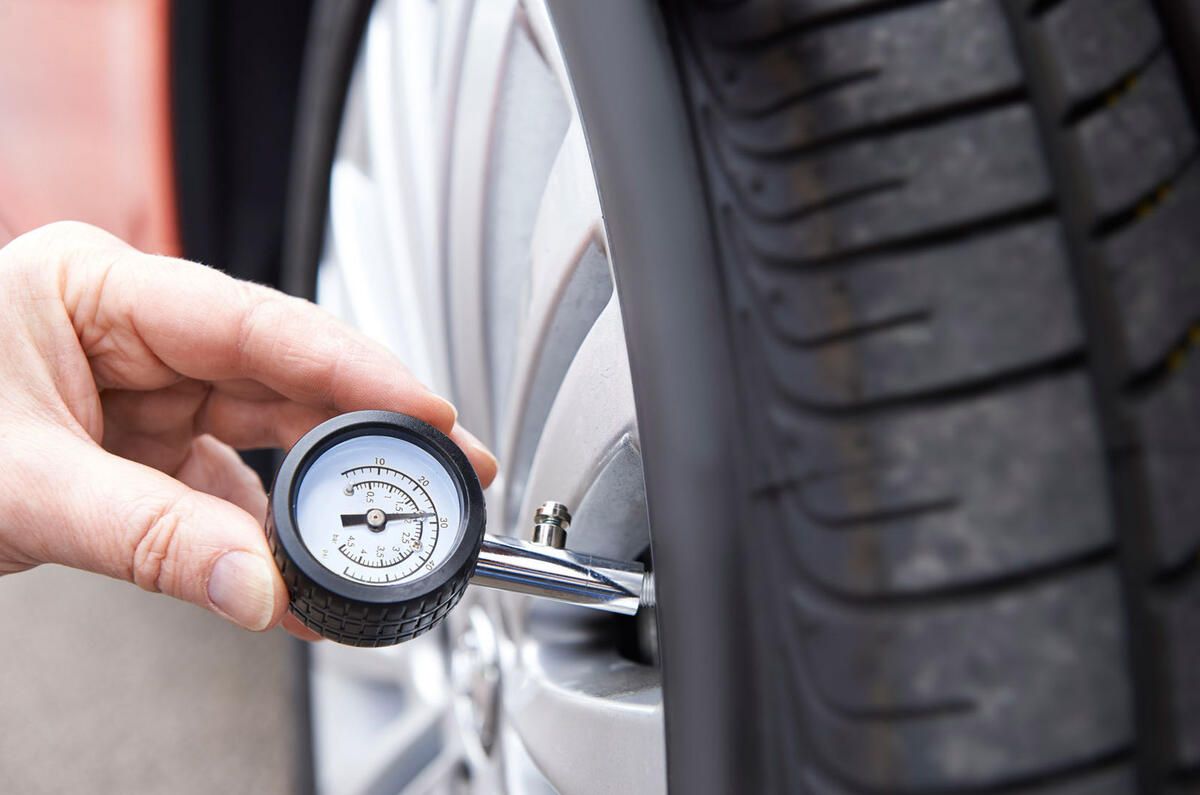
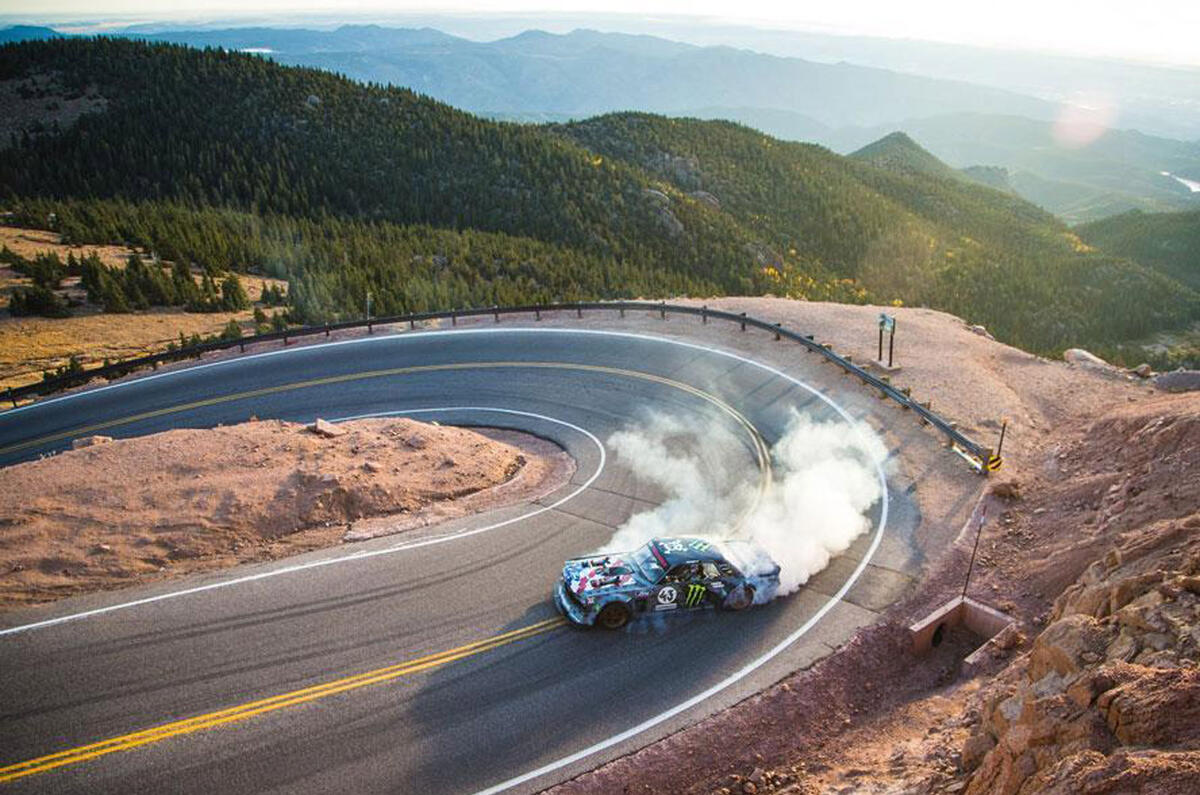
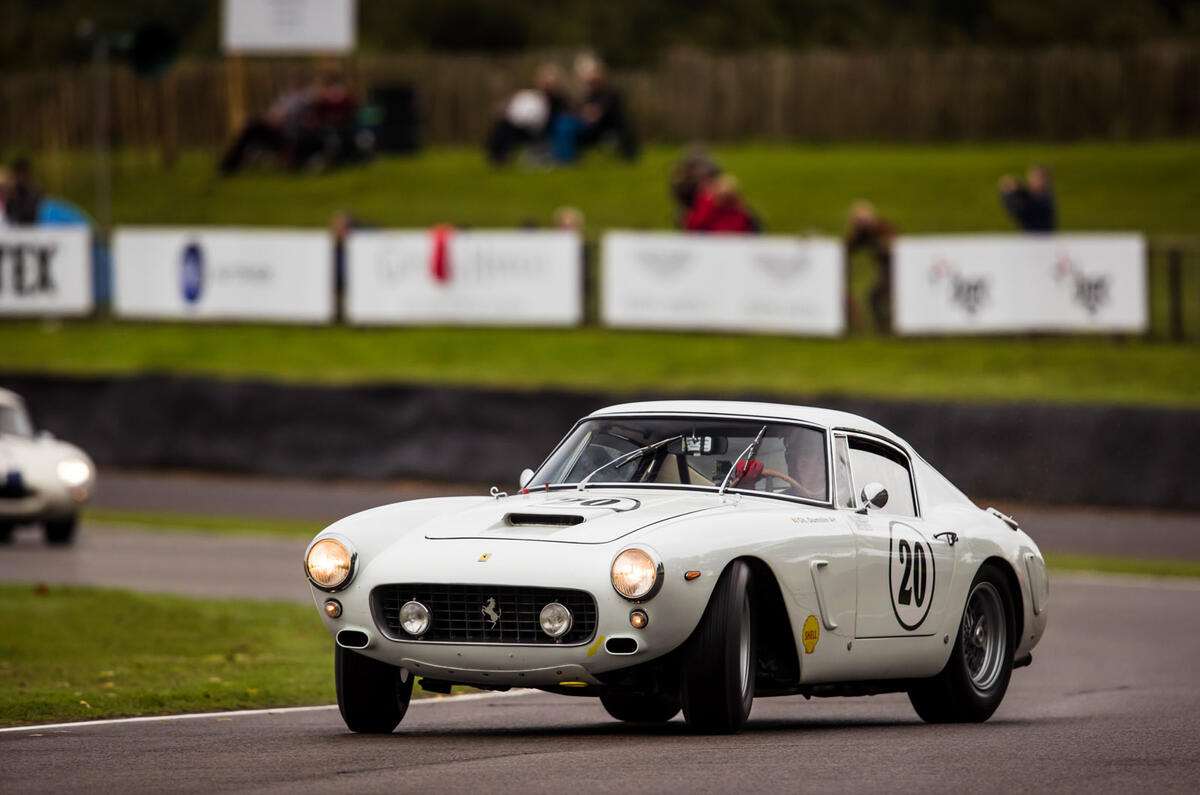
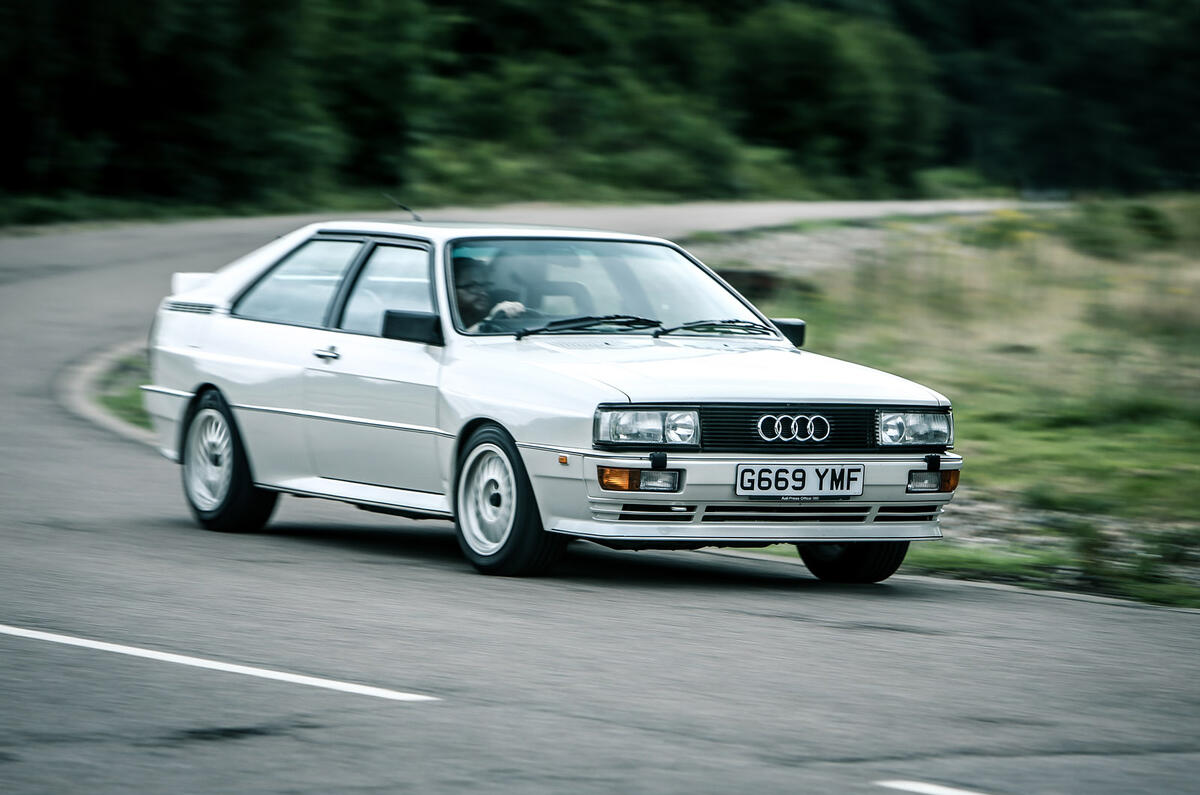
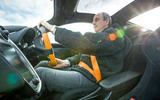
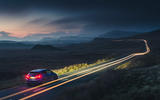
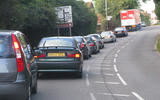
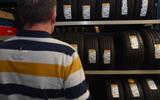
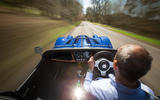

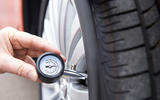
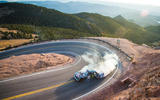

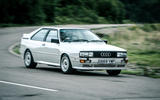


Join the debate
Add your comment
Average.
I try to maintain the legal speed limit 60mph, a mile a minute, now that's mostly well surfaced country Roads, Roads that I know, driven for years, so I know where I can go quicker than the National limit, so, if I get a clear run, no, or light traffic, I can maintain 60mph average. Now, within that journey I try not to use the brakes too heavily, try to match speed and revs with no drive line shunt, obviously I observe the three speed limit areas on this journey, but I'm not endangering anyone but myself, Weather is taken into consideration too,and I don't race the lunatics that are go8ng faster than me.
..."I drove back alone"
..It sounds selfish but I can completely identify with this.
My wife does me the favour of going to sleep when we leave London late after a night out and only wakes up as we drive in the gate, some 65 miles but often less than an hour later.
The challenge is to drive very smoothly and avoid catching the selectors' eye or registering on the cameras in the 'average speed limit' suburban section.
Step one - call McLaren Press for a loaner 720
Step one - call McLaren Press for a loaner 720